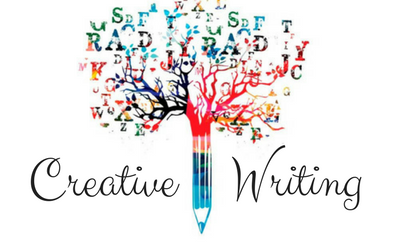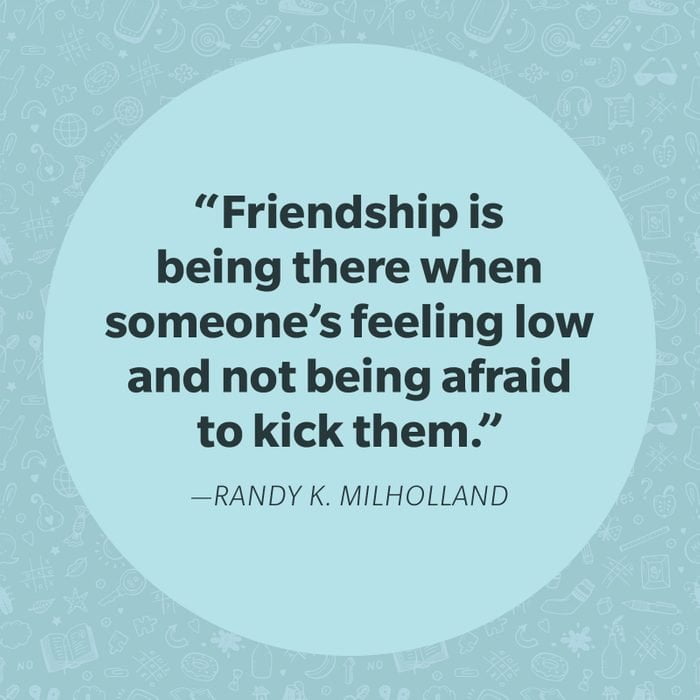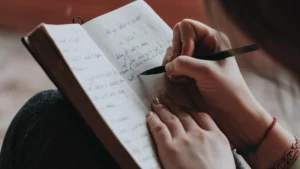All of us have studied poetry in our school days! Many of us have also tried to write poetry at some point, in our lives. Whether it was to vent out our feelings or perhaps for an academic purpose. Sometimes, even to impress a special someone! Podium in its various blogs have talked about the various benefits of learning creative writing. In this article, we will learn about different poetry genres. We will also see a few examples of each of these major genres. This will absolutely enhance your basic knowledge of how poetry can be categorized. Nonetheless, it might also motivate you to produce a creation pertaining to one of these genres.
What is poetry?
Poetry, of course, is a part of literature and is one of the earliest and oldest forms of writing. One can communicate their feelings and evoke emotions through poetry just as other forms of literature and art do. They can even talk about a certain social or political issue. One can also pass commentary on their personal life by using poetry as a necessary tool. It can as well be about the world around them.
Poetry will always be universal because it can be written in any language. It is also one of the most interesting forms of art because of the various figures of speech. For instance, alliteration, onomatopoeia, transferred epithet, personification, pathetic fallacy, synecdoche, metonymy, simile, metaphor, among others. These poetic forms or devices can be incorporated into the poems to make them more artistic.
Along with that, many poets choose to rhyme the lines of their poems. Thus, this lends a certain flow to the poem. This is known as the rhyme scheme of the poem. Poets also use metre which is a very significant feature of poetry. This is called so as it provides the poem with a rhythm that adds to the sentiment of the theme and genre.
Also Read: What is Haiku Poetry?
What are poetry genres?
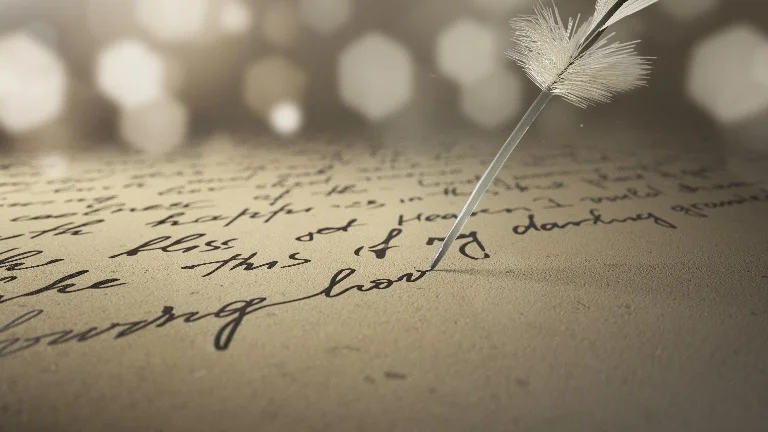
The word ‘genre’ is actually French and it means a ‘kind of something’ or a ‘sort of something’. The concept originated in Ancient Greece and was brought forth by the philosopher, Plato. He had segregated literature into three different groups – poetry, drama, and prose. The easiest way to understand the meaning of genres is by looking at them as the categories of any mode of communication. Whether it is an artwork, or book, films, television series, music, and of course, poems, to name a few. Based on the trends of the day and age, each of these forms is divided into numerous categories. They are then further segregated into thematic and stylistic divisions. This categorization is called the genre. Now, let’s have a look at the nine different poetry genres!
Knowing different poetry genres improves your ability to convey a message through writing.
Also Read: Free Verse Poetry: Know What Is Free-Verse Poetry?
Understand Poetry In An Easier Way!
Narrative Poetry
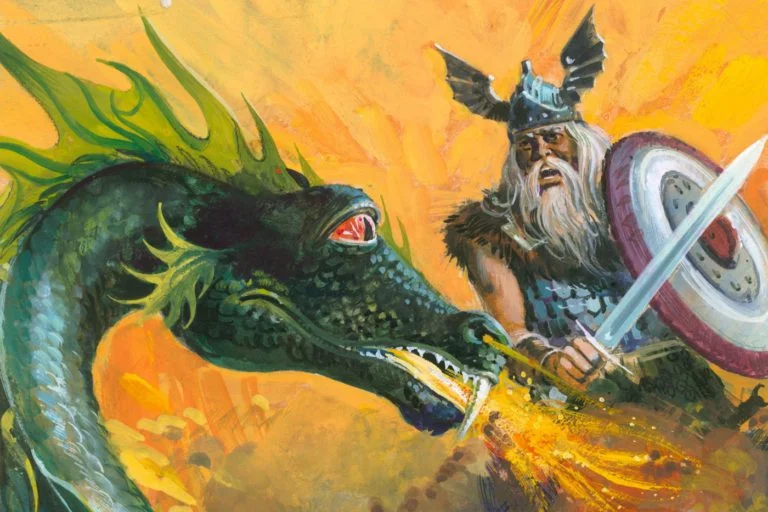
Narrative poetry is one of the most common poetic forms. It is a type of poetic form that tells stories and tales through verses. This poetic form is very much similar to a novel. It is quite similar to a short story that has a plot, character, and setting. Narrative poetry depicts a series of events, including actions and dialogues. It uses a number of poetic methods such as rhyme, meter, and rhyming scheme. Usually, a narrative poem has a single speaker who is known as the narrator; a narrator is a person who recites the entire story from the beginning to the end.
For example, Edgar Allan Poe’s ‘The Raven’ is a narrative poem. This poem presents a grieving man’s mysterious confrontation with a raven and his descent into despair. The grieving man is the narrator of this poem. Another example of narrative poetry is the old English poem ‘Beowulf’. It is the story of the heroic warrior Beowulf who hears about Grendel. It is a destructive monster who destroys the kingdom of King Hrothgar.
Beowulf is able to defeat Grendel but his troubles are not over here. This is because Grendel’s mother wishes to take her revenge. In the end, Beowulf is not only able to defeat Grendel’s mother but also become the King of the Geats. Eventually, he dies in a fight with a dragon. The poem ends in the manner of a tribute to Beowulf for all that he had accomplished during his lifetime.
Epic Poetry
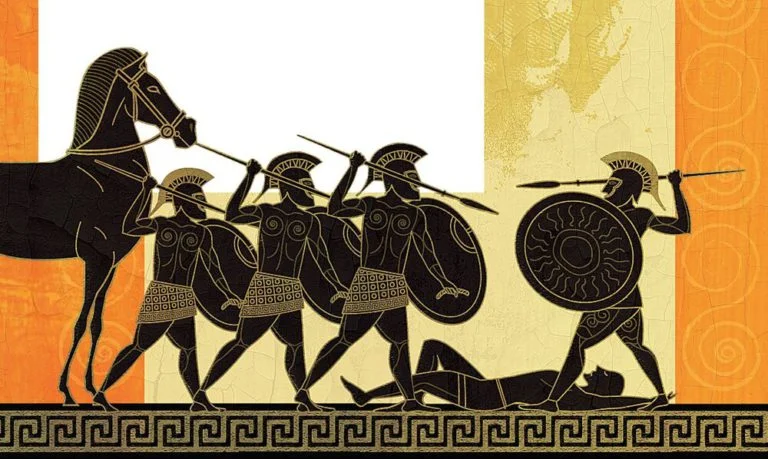
An epic poetry is a length narrative poem. It highlights the intricate details, features, and journey of its characters from a remote past. These long poems typically detail extraordinary feats and adventures of characters from a distant past. The epic poems have certain special qualities that categorize them in this specific genre. The hero is always going to be a famous legendary figure. Either from mythology or because of his unbelievable heroic accomplishments.
The poem itself spans over several nations throughout the world or might encompass various kingdoms. The characters are extremely brave and often perform feats that are beyond human capabilities. Although such texts are lengthy, they are still written in verse and not in prose. Lastly, divine intervention is something that is not only common but expected inclusion in an epic poem.
‘The Iliad’ and ‘The Odyssey’ by Homer are great examples of epic poetry because both give a detailed description of the journey or the events of the Trojan War and about the life of Ulysses. Ulysses was a great king who enjoyed traveling and the poem talks about his journey after the Trojan war. ‘Mahabharata’ is also an excellent example of an epic poetry. This poem is written in Sanskrit language. It is a beautifully written poem and to be precise, one of the longest poems.
Dramatic Poetry
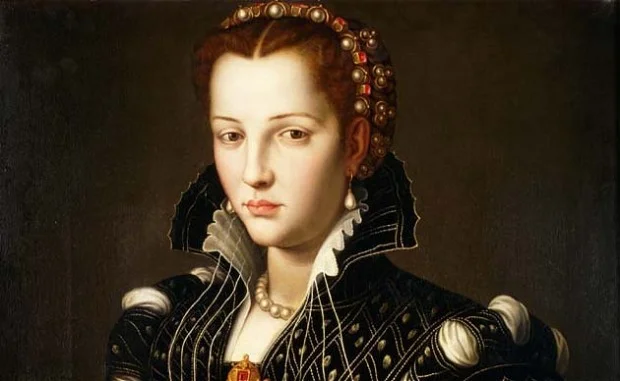
Dramatic poetry is poetic form that tells a story to its readers and usually has a narrator. The most popular kind of dramatic poetry is a dramatic monologue. Another name for a dramatic monologue is the persona poem. Such type of monologue utilizes the first-person point of view. These poems have a long speech. The narrator is the only speaker and is addressing an unknown audience or character. Here the narrator appears as if the readers are overhearing the conversation.
For example, ‘My Last Duchess’ by Robert Browning is a beautiful dark poem. While reading a poem like this, it feels as if one is unfolding a secret or a story. This, in turn, makes it even more exciting and intriguing. In ‘My Last Duchess’, the duke is describing the portrait of his last duchess. She was his late wife and his journey with the duchess. The unique style of this type of poem allows the readers to ponder their thoughts and understanding and evokes emotions in them. The master of the dramatic monologue is Robert Browning. This is because of his penchant liking for writing in this form.
A dramatic monologue usually includes all or a few of the following elements. A fiction speaker and audience, a symbolic setting, Talismanic props, dramatic gestures, and emphasis on the speaker’s subjectivity. Along with this, a focus on dramatics, problematics of irony or non-irony, and involved reader’s role-playing. Browning presents all these ingredients in the most appealing and fascinating platter. ‘My Last Duchess’ is his all-time masterpiece when it came to dramatic monologues. This poem serves as the perfect example of a dramatic poem.
Satirical Poetry
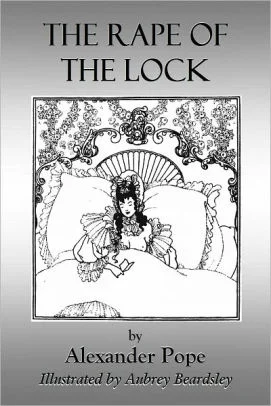
Satire is a work of literature that highlights follies and human vices. It also throws light upon stupidity and ridicule. Social dysfunction or obnoxious individuals, or both are the targets of satire. The satirical poem makes fun of someone’s vice, absurdities, foolishness, injustice, abuses, shortcomings, or moral failing. Inspiring or warning the readers is the goal of this kind of poem. The satirical poem is a mockery for the readers to either laugh at or to learn something from it.
An example of satirical poetry is Alexander Pope’s ‘The Rape of the Lock’. ‘The Rape of the Lock’ is a rare instance in which a light theme is given an exalted treatment. This is done for satirical purpose. All through the poem, the importance is given to things that are unimportant, insignificant, practically meaningless, and farcical. Broadly, the very conception of writing an epic on the rape of a lock of hair is funny. It bears testimony to the poet’s effort to make the little things great and the great things little. In ‘The Rape of the Lock’ the balance is nicely trimmed between the concealed irony and the assumed gravity . It is the triumph of insignificance, the apotheosis of foppery and folly.
Lyric Poetry
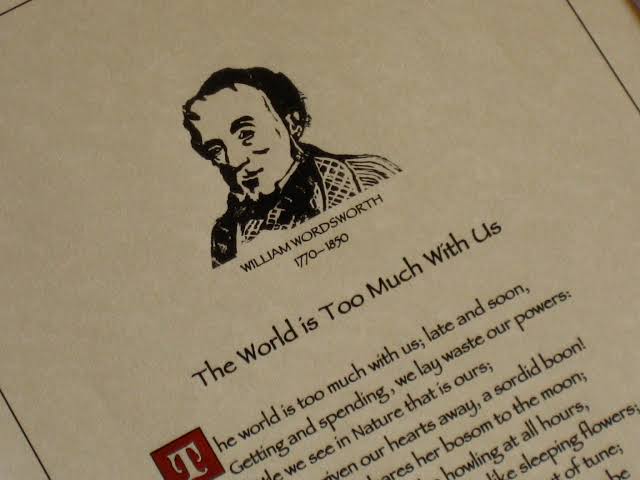
As the name suggests, a lyric poem is short and highly musical in tone. A lyric poem is capable of conveying strong, intense emotions and feelings to the readers. The lyric poets make use of various rhymes, literary devices, and metre to give song-like touch to the poem. A lyric poem is short and doesn’t necessarily tell a detailed story or journey. Thus, a lyric poem is like a personal expression of emotions and feelings by a single speaker.
A very interesting example is William Wordsworth’s “The World Is Too Much With Us”
Also Read: Poetry Types: 7 different types of poetry with examples
Elegy Poetry
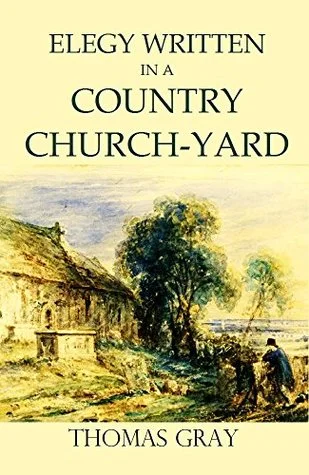
An elegy is one of the poetry genres that resonates with death or loss. The elegy usually comprises themes of grief, sadness, loss, redemption, compassion, and reflection. Traditionally in elegy the verses are in couplets. Although, earlier elegies didn’t follow any set rules and have no set form or style. Hence there was extensive liberty towards the rhyming scheme and metre.
One of the finest examples of such poetry is ‘Elegy Written in a Country Churchyard’ by Thomas Gray. The poem is an elegy expressing the emotions of the poet after the death of the poet Richard West in 1742. Another example of elegiac poetry is ‘Adonais: An Elegy on the death of John Keats’. P.B. Shelley wrote this pastoral elegy in 1821 in remembrance of the Romantic poet, John Keats who passed away the same year succumbing to tuberculosis. Although Shelley and Keats were not great friends, they did share comradeship, and Shelley was impressed with the young poet. Upon finding out about his illness, Shelley even offered to help him recuperate in Italy. Upon Keats’ death, Shelley penned down the elegy ‘Adonais’ and himself passed away within a year of the publication, supposedly with a volume of Keats’ poetry in his pocket.
Verse

There are two types of verse poems out of which are – the free-verse poems and the other one is the blank verse poems. Though they might appear to be similar in names they are quite different. Free verse poetry is free of rules and regulations; as a result, it lacks a consistent rhyme scheme, metre, or musical structure. Moving on, blank verse poetry follows a much stricter structure with a precise metre. The blank verse follows no rhyme scheme. It is unpreferable to use free verse. Nonetheless, poetry in blank verse is popular.
Poets like Shakespeare and Milton favoured Blank verse style. For instance, Shakespeare wrote Sonnet 130 in blank verse whereas Walt Whitman’s wrote ‘Leaves of Grass’ in free verse. Another instance of a poem written in free verse is W. H. Auden’s ‘Musee des Beaux Arts’. As the poem begins, the speaker, a sophisticated, educated, and urbane man, makes a sweeping generalization of the “Old Masters” and about their representation of suffering.
The speaker makes references to multiple paintings to emphasize his argument that suffering has its place in the ebb and flow of life. It is not special and occurs alongside the most ordinary activities like “eating or opening the window or just walking dully along”. The speaker’s premise in the first stanza was that suffering, unconsciously, goes unnoticed by mankind.
In the second stanza, he changes the direction of this premise and says that suffering is deliberately not noticed by mankind. This tells us that he has now entered into the world of the painting and is adding fictitious details to it. Therefore, his description is ekphrastic as well as imaginative. This contrasts with the speaker’s tone in the first stanza. A man engaged in philosophical musing is what it is about.
Fable
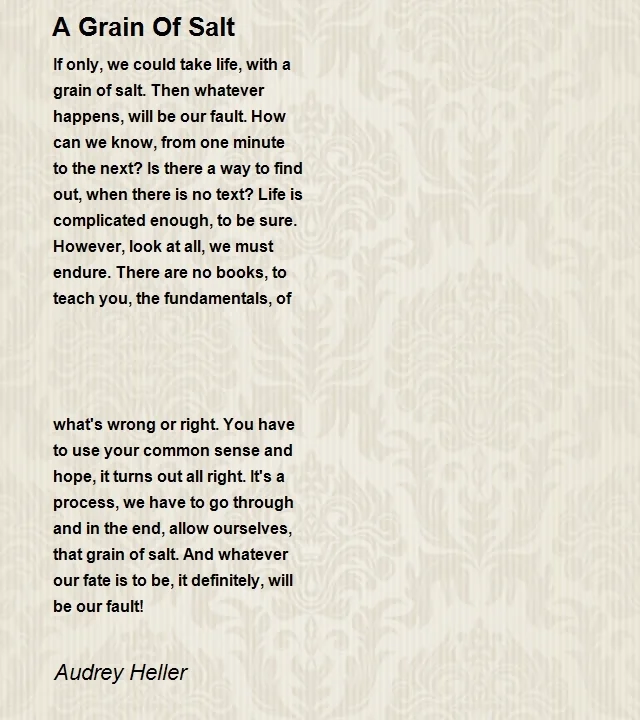
Fable is another common poetry genres. A Fable is poetic story written in verse or prose with a moral or didactic at the end. Traditionally fables make use of animals instead of humans as characters or leads to illustrate and explain a valuable lesson. ‘A Grain of Salt’ by Audrey Heller is a classic example of poetry from this genre.
Also Read: 6 Simple Steps to Create the First Draft of Your Article or Book
Speculative Poetry
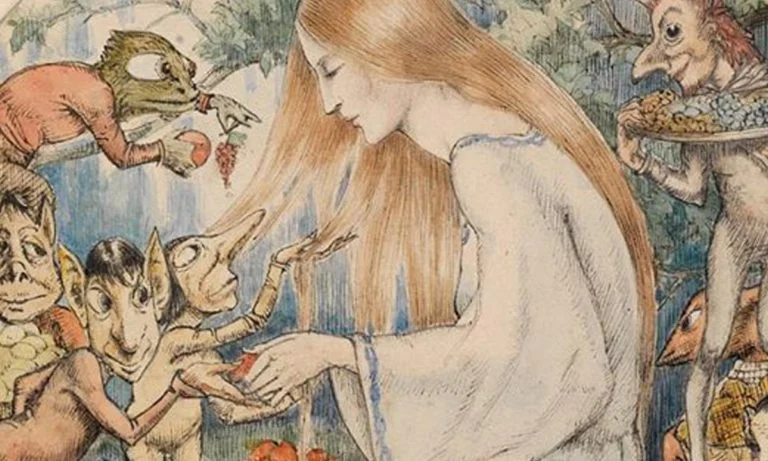
Speculative poetry depicts or illustrates themes of science fiction and mythology . In layman’s term speculative means to be unsure or something one is uncertain about. Hence, something unknown inspires the speculative poems. Science fiction poetry or fantasy poetry with a scientific touch is another name for Speculative Poetry. Speculative poetry is judged and defined based on its theme or subject in focus which makes it different from the other types of poetry.
Christina Rossetti’s ‘Goblin Market’ is an interesting example of speculative poetry. This poem draws our attention to the themes of temptation and redemption. ‘Goblin Market’ is a story of two sisters visiting Goblin market selling goblin fruits.
More About Different Poetry Genres!
FAQs
Q. What is the best genre of poetry?
A. There is no such genre of poetry that can be termed as the best. This is so because poetry, like any other works of art, is subjective. Which means that each individual will perceive it differently. Therefore, what is best for one individual may not be the best for another. One should choose the best genre of poetry based on their personal preferences.
Q. How to start writing poetry?
A. There are many ways to induce the creative writing process, however, it is critical to understand that not everyone writes at the same speed. For some, it may just an hour to finish writing a poem and for others, it may take a month. Along with that, seeking inspiration from one’s surroundings, personal life and experiences, social situations, as well as nature, become the perfect ingredients for poetry.
Q. What are some examples of Elegy?
A. Some examples of Elegy are ‘O Captain! My Captain!’ by Walt Whitman which he wrote in memory of President Abraham Lincoln. Alfred Lord Tennyson’s ‘In Memoriam A.H.H.’ is another example of Elegy written in remembrance of Tennyson’s close friend Arthur Henry Hallam.
Q. What are figures of speech?
A. Poets generally use figures of speech. They are a non-literal expression of things. It adds to the poetic and aesthetic qualities of the work of art and also showcases the vast knowledge and understanding of the poet when it comes to the technicalities of writing poems or other forms of literature. Moreover, it makes the poetic piece sound more beautiful. Some examples of figures of speech are hyperbole, alliteration, simile, metaphor, personification, pathetic fallacy, oxymoron, transferred epithet, onomatopoeia, metonymy, paradox, antithesis, assonance, repetition, apostrophe, pun, and synecdoche.
Q. What is hyperbole?
A. Hyperbole is a figure of speech or poetic device used in literature to convey something in an exaggerated manner. This lends aesthetic value to a poem which transcends reality with the help of the figure of speech. Examples of hyperbole are present in poem ‘Daffodils’ by William Wordsworth when he writes about the number of daffodils present in the field and declares that he can see ten thousand in each glance which is realistically impossible. Still it helps the reader to comprehend the sheer number of the golden daffodils in the field.
‘Ten thousand saw I at a glance,’
Q. What are two features of epic poetry?
A. The first feature of epic poetry is the inclusion of Gods and Goddesses or at the very least semi-Gods such as seen in Homer’s character Achilles in ‘The Iliad’. The epic poetry always begins with an invocation to the nine Muses.
Q. What is a sonnet?
A. Originally begun in Italy, a sonnet is a form of poetry. Although William Shakespeare modified the sonnet in England, its pioneer was actually Petrarch. In a sonnet, an iambic pentameter is used. A sonnet contains only fourteen lines.
Q. What happens when a poet does not name his or her poem?
A. When a poet does not name his or her poem then the poem is usually known by the first line of the poem itself. For instance, Shakespeare’s sonnet ‘Let Me Not to the Marriage of True Minds’ does not have a name but first line of the sonnet became its name. On the other hand, if the poems belong to a certain sequence or collection then the poems could also be given a certain numerical figure. To consider the same example, ‘Let Me Not to the Marriage of True Minds’, the sonnet belongs to a large sonnet sequence of a hundred and fifty-four sonnets and so, this particular sonnet is also called ‘Sonnet 116’.
Q. What is ekphrastic poetry?
A. The word ‘ekphrasis’ is actually Greek and it means ‘speaking out’. It is a verbal or written representation of a graphic presentation. This sort of poetry generally describes visual art in verbal terms. An example of such poetry is John Keats’ ‘An Ode to a Grecian Urn’.
In conclusion, regardless of whether one is a student, a poetry enthusiast, or just someone trying to learn something new, this lesson will definitely help one improve their basic understanding of the nine different genres of poetry. This article has also explored the meaning of poetry in great detail and the salient features attached to it which make it stand out from other basic poems. Gradually, it becomes easy to categorize your own poetry with the help of these genres. Take out your pens & papers because now you are ready to begin with your very own poem which could belong to any of these beautiful and interesting genres!
Also Read: What is Symbolism? All You Need to Know about Symbolism
Share with your friends

